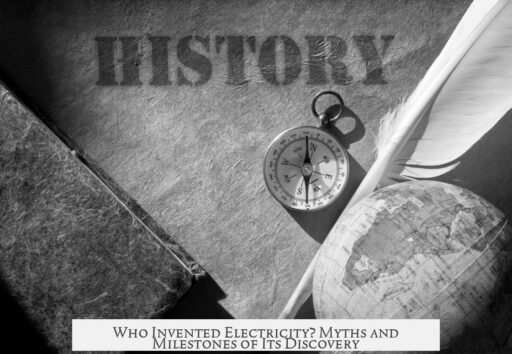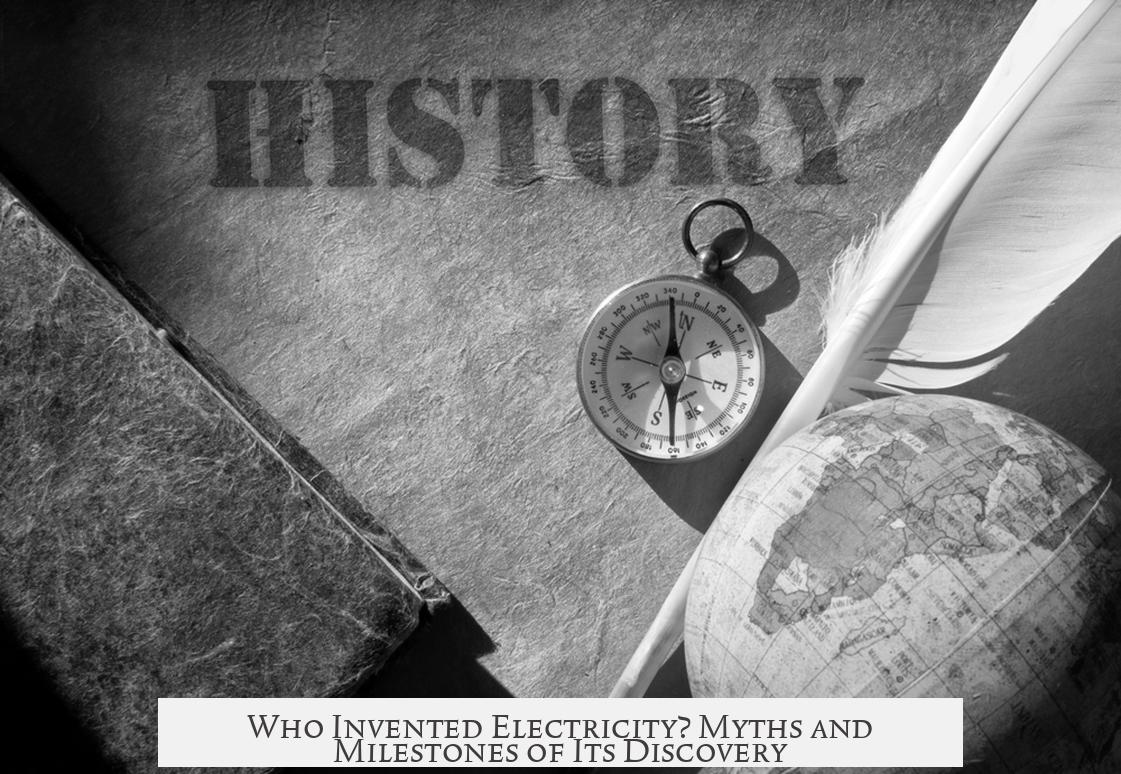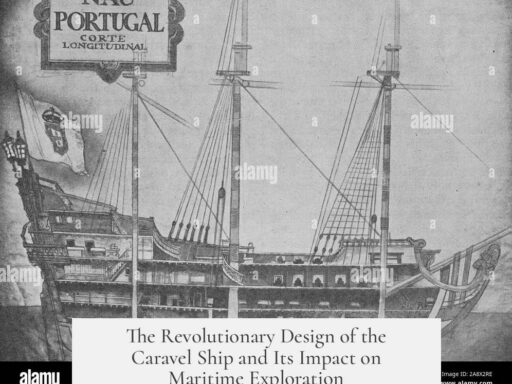Electricity is a natural phenomenon that was discovered over many centuries. No single person invented electricity. Instead, many scholars and scientists contributed to understanding and harnessing its power through a series of discoveries and inventions.
Electricity cannot be invented because it exists naturally. It is the flow of electric charge, seen in lightning, static shocks, and electric currents. Human efforts focused on discovering its properties and finding ways to use it.
One ancient candidate related to electricity is the Baghdad Battery, discovered in 1936 by Wilhelm König near modern-day Baghdad. This artifact, dating between the early 3rd and mid-7th centuries CE, consists of a clay jar filled with asphalt and fitted with copper and iron rods. Researchers suggest it may have functioned as a primitive wet battery using vinegar as an electrolyte, possibly intended for electroplating small objects in gold.
The Baghdad Battery’s purpose is uncertain, and some evidence indicates gilding was done by another technique. It is unclear whether ancient users understood the device’s electrical principles or stumbled upon its function accidentally.
Modern scientific exploration of electricity begins in the late 16th and early 17th centuries. William Gilbert, primarily studying magnetism, was the first to systematically investigate static electricity. He coined the term “electricus” to describe materials like amber that attract light objects when rubbed. This term formed the basis of the word “electricity.” Gilbert also created primitive electroscopes to detect static charges and proposed early concepts of electric fields.
In 1663, German physicist Otto von Guericke built the first electric generator, producing static electricity by spinning a sulfur sphere. British physicist Francis Hawksbee later improved on this design in 1706 with a machine using an evacuated glass sphere containing mercury vapor, allowing observers to see electrical discharges.
Stephen Gray’s experiments in 1729 revealed that electrical forces could travel through certain liquids and solids, leading to the discovery of electrical conductivity. John Desaguliers, Newton’s assistant, introduced the terms “conductor” and “insulator” to describe materials’ ability to carry or resist electrical current.
The invention of capacitors arose from attempts to store electric charge. Ewald von Kleist and Pieter van Musschenbroek independently built early capacitors in 1745. The Leyden jar, credited often to van Musschenbroek, could capture and hold static electric charge. Jean-Antoine Nollet showcased the electric current’s ability to pass through metal and humans, forming “human chains.”
Benjamin Franklin’s famous 1752 kite experiment demonstrated that lightning is a form of electrical discharge. Using the Leyden jar, he showed atmospheric lightning shares the same nature as static electricity generated artificially. Franklin developed the theory of positive and negative charges, expanding on earlier work by Charles du Fay.
The late 18th and 19th centuries saw electricity become a practical field, thanks to contributions from key figures. Ebenezer Kinnersley experimented with electrical heating. Luigi Galvani studied electricity in living tissue, founding bioelectricity. Alessandro Volta invented the voltaic pile in 1800, the first true battery producing continuous current. Electromagnetism was developed by Hans Christian Ørsted, André-Marie Ampère, and James Clerk Maxwell. Humphry Davy created early electric incandescent devices around 1807. Michael Faraday built the first electric motor in 1821.
These discoveries shifted electricity from curiosities to working technologies. They laid the foundation for telegraphy, electric lighting, motors, and later, modern electric power systems.
A common misconception is that Thomas Edison or Nikola Tesla invented electricity. Neither did. Edison’s role involved improving electric lighting and power systems, but the lightbulb existed before him. Tesla innovated in electrical transmission and motors. Their work advanced electrical technology but did not invent the phenomenon.
| Key Contributor | Contribution | Time Period |
|---|---|---|
| William Gilbert | First systematic study; coined “electricus”; created primitive electroscopes | Late 16th – early 17th century |
| Otto von Guericke | Developed first electric generator (rotating sulfur sphere) | 1663 |
| Stephen Gray | Discovered electrical conductivity through air, liquids, solids | 1729 |
| Pieter van Musschenbroek | Invented Leyden jar capacitor | 1745 |
| Benjamin Franklin | Proved lightning is electrical; theory of positive and negative charges | 1752 |
| Alessandro Volta | Invented voltaic pile (battery) | 1800 |
| Michael Faraday | Invented first electric motor | 1821 |
Key takeaways:
- Electricity is a natural phenomenon, not an invention.
- Ancient artifacts like the Baghdad Battery may indicate early electrical devices.
- Scientific understanding began with William Gilbert’s work in the 17th century.
- Electrical conductivity, capacitors, and electric generators emerged by 18th century.
- Benjamin Franklin demonstrated lightning’s electrical nature and charge theory.
- 19th-century scientists developed electromagnetism, batteries, motors, and electrical applications.
- Neither Edison nor Tesla invented electricity; their work improved electrical devices and systems.
Who Invented Electricity? Debunking Myths and Tracing the Spark of Discovery
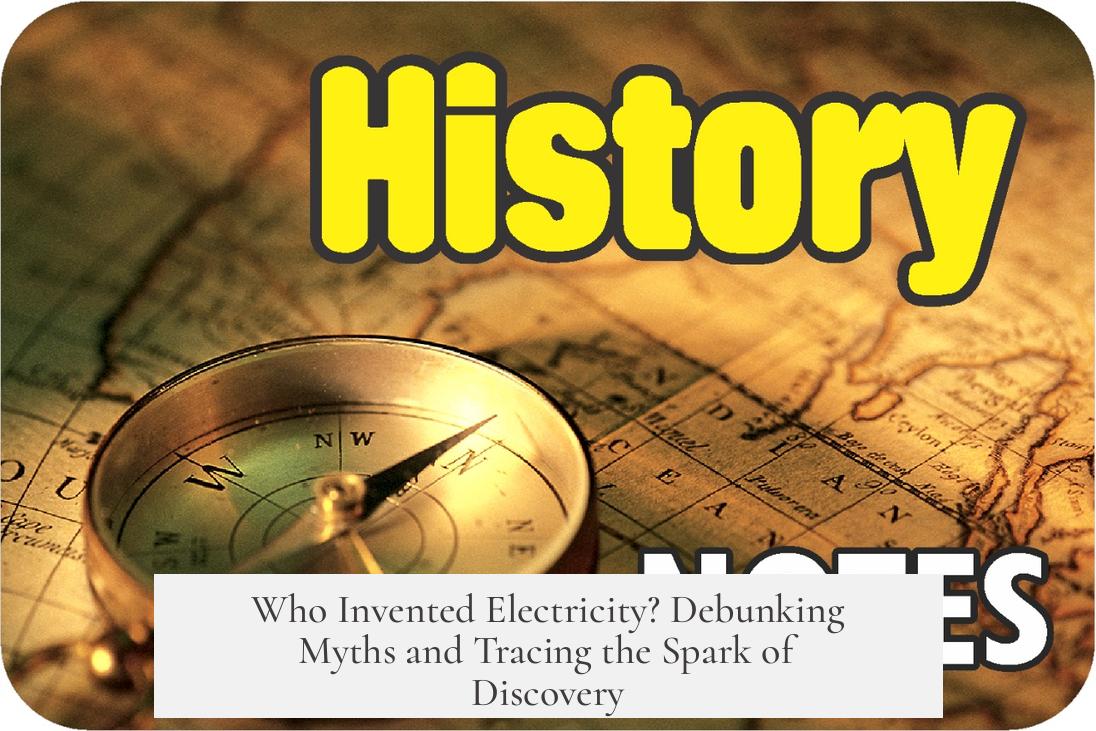
Electricity wasn’t invented by a lone genius; it’s a natural phenomenon that humanity discovered and gradually learned to harness. Ask anyone who claims Thomas Edison or Nikola Tesla “invented electricity,” and you’ll get a story full of Hollywood glam but little truth. So, who really gets credit for this dazzling force lighting our world? Let’s unravel this charged tale step by step.
Electricity is not a product of invention but rather a force mother nature cooked up long before humans set foot on Earth. Think of it as the discovery of fire rather than the invention of the wheel—something that exists and must be understood rather than created from scratch.
Earliest Known Electric Devices: The Mysterious Baghdad Battery
The story begins not in a bustling 19th-century lab but deep in Mesopotamia, near modern Iraq’s capital. In 1936, Wilhelm König stumbled upon a curious artifact known as the “Baghdad battery.” It’s a small jar fitted with copper and iron rods and sealed with asphalt, dated to somewhere between the 3rd and 7th centuries CE.
Could this be the first battery? Some researchers think it might have been a simple wet battery, possibly filled with vinegar, used to plate objects with gold. Weirdly, the evidence to confirm this is sketchy. It’s just as likely the device had no electrical purpose at all. If it did store electricity, the users probably didn’t have a scientific grasp of how it worked. Imagine discovering a gadget that sparks but not really knowing why—just lucky trial and error.
Though “Baghdad battery” is often hailed as the oldest electrical device, historians remain divided. Its exact purpose and electrical properties remain a mystery wrapped in asphalt and ancient dust.
From Amber and Static Shocks: William Gilbert’s 17th-Century Breakthroughs
The real study of electricity in the modern sense kicked off with William Gilbert in the late 1500s to early 1600s. A physician to Queen Elizabeth I, Gilbert was fascinated by magnetism and what today we’d call electrostatics.
He coined the term electricus, meaning “amber-like,” inspired by amber’s ability to attract small objects when rubbed. This Latin word eventually evolved into the familiar term “electricity” by the mid-1600s. Gilbert didn’t just play word games; he built the first primitive electroscope to detect static charges, laying groundwork for modern electric field concepts.
Turning the Wheel: Early Electricity Generators
Fast forward to the 17th century, where Otto von Guericke, the mayor of Magdeburg and a physicist, netted a solid sulfur sphere and spun it, producing static electricity. Picture this: a medieval mayor moonlighting as an experimental physicist—pretty cool, right?
Then came Francis Hawksbee in 1706, who refined this idea by creating a machine with a vacuum-sealed glass sphere filled with mercury vapor. Spectators could actually see tiny electric sparks inside—a real crowd-pleaser of the era.
The Conductors and Insulators: The Electric Traffic Directors
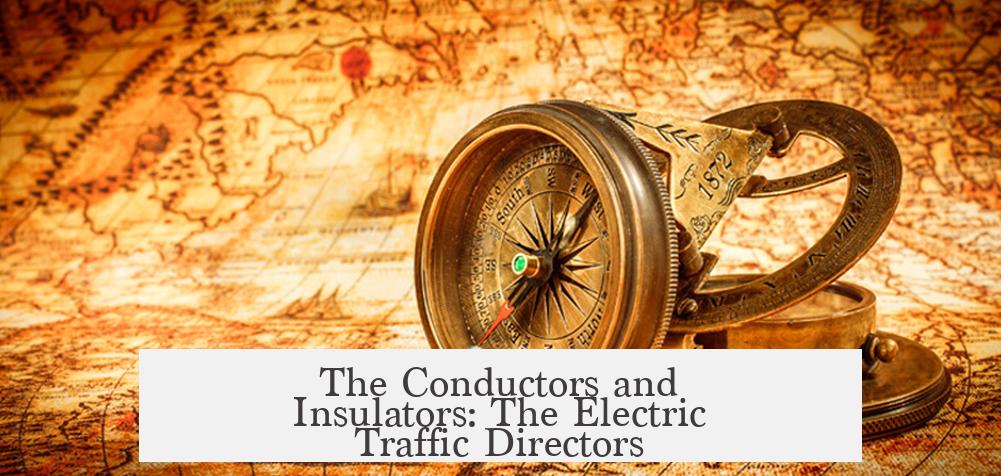
Remember that not all materials behave the same with electricity. Enter Stephen Gray, who in 1729 discovered electricity can travel through certain solids and liquids—not just through air. This observation was crucial—it explained why some things conduct electricity while others do not.
Shortly after, John Desaguliers, a buddy of Isaac Newton, put names to these roles. He coined “conductor” for materials allowing electricity to flow and “insulator” for those that block it. Imagine if we still called them “electric goers” and “electric no-goers.” Thankfully, science has better branding.
Capturing the Spark: The Birth of Capacitors
Most electrical devices store charge—hello, batteries and capacitors! Around 1745, two gentlemen on opposite sides of Europe independently crafted what is now recognized as the first capacitors, known as Leyden jars.
- Ewald von Kleist from Pommern and Pieter van Musschenbroek from Leyden both invented devices capable of storing electric charge.
- Although van Musschenbroek gets the most credit, contemporaries argued von Kleist was first by several months.
These jars released shocking—but educational—electric shocks and became a springboard for further experiments.
Speaking of shocking spectacles, Jean-Antoine Nollet organized “human chains” where hundreds of people would hold hands to demonstrate that electricity could pass through multiple human bodies. Party trick? Maybe. Scientific milestone? Absolutely.
Benjamin Franklin’s Lightning and the Positive/Negative Charge Theory
No discussion on electricity skips Benjamin Franklin. In 1752, he flew a kite during a thunderstorm with a Leyden jar attached. Despite the obvious risks and the image of a mad scientist playing with lightning, Franklin proved lightning is an electrical discharge.
Building on earlier ideas from Charles du Fay, who in 1733 identified two types of electric charge, Franklin formulated the theory of positive and negative charges. This foundational concept still explains how electricity behaves today.
From Curiosity to Practical Power: The 18th and 19th Century Revolution
The stage was set for a team of diverse scientists who pushed electricity from theory to everyday use:
- Ebenezer Kinnersley demonstrated electrical heating in the 1760s.
- Luigi Galvani explored the effects of electricity on animal tissues in the 1780s, laying the groundwork for bioelectricity.
- Alessandro Volta, building on these advances, invented the voltaic pile in 1800—essentially the first chemical battery providing steady current.
- Hans Christian Ørsted, André-Marie Ampère, and James Clerk Maxwell formulated the laws of electromagnetism, revealing the deep connection between electricity and magnetism.
- Humphry Davy created the first electric incandescent light in 1807.
- Michael Faraday built the first electric motor in 1821, paving the way for electric machines.
These breakthroughs transformed electricity from a laboratory curiosity into a practical power source that changed the world.
Setting the Record Straight: Edison, Tesla, and the Light Bulb
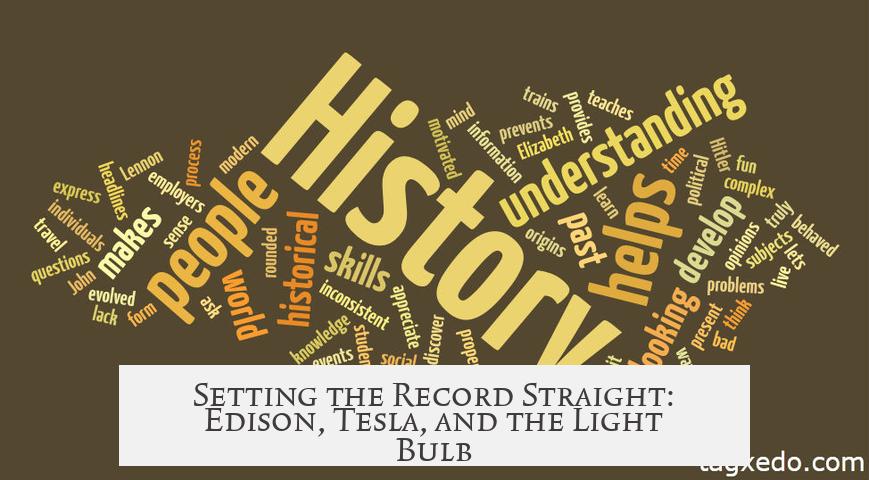
Let’s address a big elephant in the room: many believe Edison or Tesla invented electricity or the light bulb. False! Electricity existed long before they arrived.
The light bulb also predates these gentlemen. Early versions existed years before Edison was born. What Edison and Tesla did was improve and commercialize electrical technologies, but the flashy notion that either “invented” electricity or the incandescent bulb is closer to myth than fact.
Final Thoughts: It’s a Story of Discovery, Not Invention
So, who *invented* electricity? The answer is no one. But who *discovered* and *unraveled* its secrets? Countless brilliant minds, each adding a spark to this unfolding story. From ancient jars in Iraq to kite-flying experiments in Pennsylvania, electricity’s tale is one of curiosity, wonder, trial, and relentless exploration.
Think about your own life: everything from the phone in your hand to the lights in your home depends on a series of discoveries spanning millennia. It’s humbling and inspiring.
Next time you flip a switch, remember: electricity is a natural force, tamed not by a single inventor but by centuries of human ingenuity.
